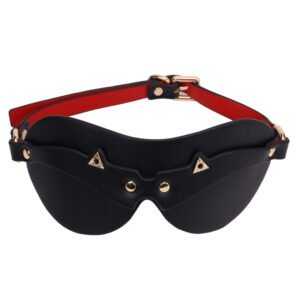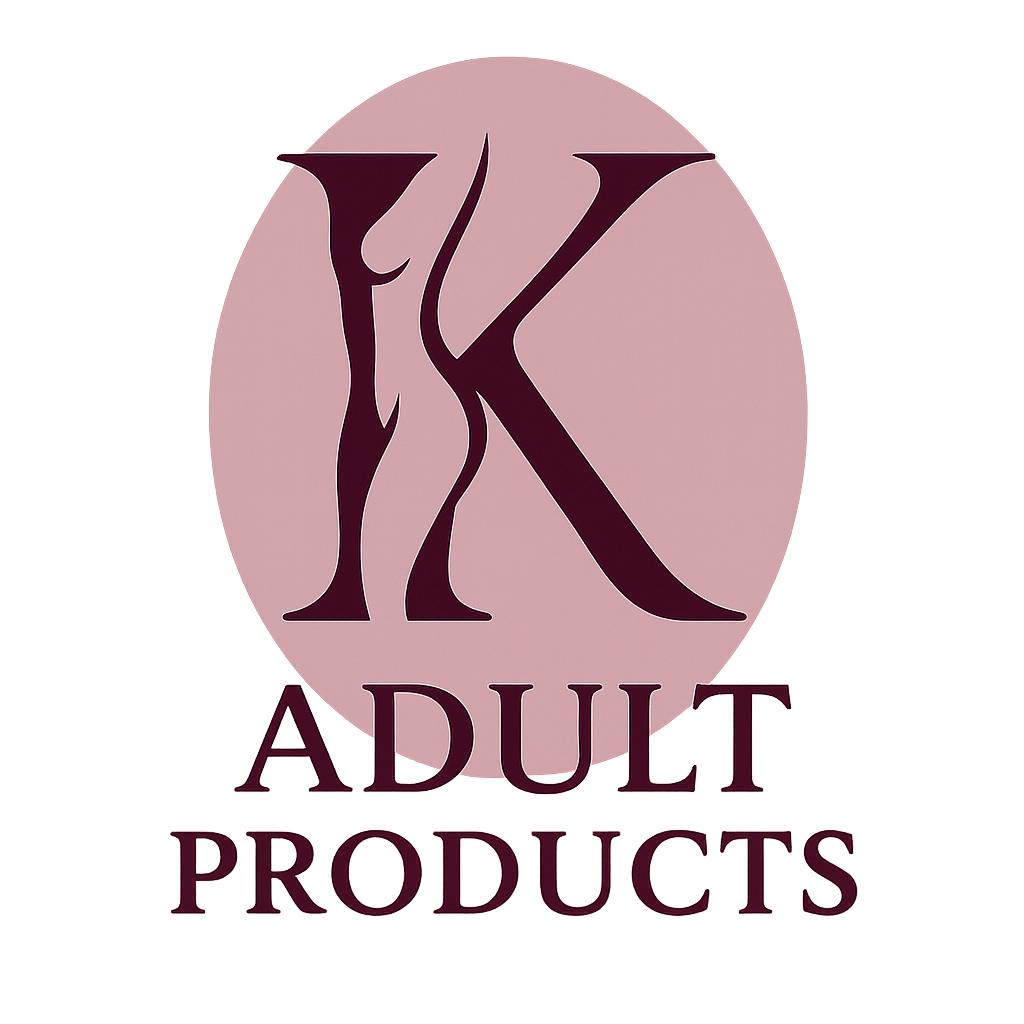How Has Global Sex Toy Compliance Evolved (1980-2023)?
July 31, 2025 by
ellenyi@adultstoysgd.com
Business Beginners Market Report🔍 The Challenge
Problem: Retailers, wholesalers, and brands struggle to navigate the fragmented, ever-changing global compliance landscape for adult toys.
⚠️ Agitation: Non-compliance risks fines, product seizures, or reputational damage—especially with shifting material bans, labeling rules, and ethical standards.
💡 Solution: This guide decodes 40+ years of regulatory shifts, empowering businesses to adapt confidently.
📌 Featured Snippet Answer
Global sex toy compliance has evolved from minimal oversight (1980s) to region-specific frameworks prioritizing safety, ethics, and consumer rights.
Key phases include:
- 📅 1980s-1990s: Unregulated markets, PVC/phthalates dominance
- 📅 2000s: EU’s REACH, California’s Prop 65, and body-safe silicone adoption
- 📅 2010s: Amazon’s sales policies, ISO 3533:2021 for vibrators
- 📅 2020s: Eco-compliance (biodegradability, recyclable packaging) and AI-driven product testing
➡️ Now, let’s dissect how these changes impact your business.
🚀 Why Compliance Is Your Competitive Edge
📊 Post-2020, 68% of retailers report stricter customs checks for non-compliant sex toys.
For brands, compliance isn’t just legal—it’s a trust signal. Here’s what you need to know.
1️⃣ How do regional regulations differ in 2023?
- 🇪🇺 EU: EN 71-3 (migration limits for heavy metals), REACH SVHCs (≤0.1% phthalates)
- 🇺🇸 US: FDA’s Title 21 CFR for body-contact devices; California’s updated Prop 65 warnings
- 🇨🇳 China: GB/T 26706-2011 (mechanical safety) + anti-counterfeit QR codes
- 🇦🇺 Australia: Therapeutic Goods Order 101 (waterproofing standards)
🔹 Prioritize suppliers with ISO 9001 + ISO 3533 certifications.
2️⃣ What material shifts defined the 2010s?
- ⛔ Phaseouts: Latex (allergy risks), PVC (phthalate leaching)
- ✅ Adoptions: Medical-grade silicone (cost +15% but 92% consumer preference), TPE/TPR hybrids
- 💡 Innovations: Antibacterial coatings (Microban® integration), plant-based polymers
3️⃣ How did e-commerce reshape compliance?
- 🛒 Platform rules: Amazon’s 2018 ban on “non-medical insertables” forced redesigns (e.g., curved tips for “massagers”)
- 🔞 Age verification: GDPR + COPPA-compliant checkout systems (e.g., AgeID in EU)
- 🌿 Sustainability: 73% of B2B buyers require FSC-certified packaging by 2023
4️⃣ What’s next for ethical compliance?
- 🌱 Carbon neutrality: 30% of EU-bound shipments now demand carbon offset proof
- 👷 Labor audits: Sedex SMETA reports for Chinese factories (up 40% since 2020)
- ♿ Inclusivity: ASTM F3368-19 standards for disability-friendly designs
🔑 Key Takeaway
Compliance has shifted from reactive box-ticking to proactive brand differentiation.
🚀 Partner with factories that pre-test products against 2023’s dual demands:
- Safety (REACH, FDA)
- Sustainability (FSC, carbon-neutral)
📩 Need a compliance-ready supplier? [Contact us] for lab reports and OEM customization.
Latest Articles

September 25, 2025
Why Does Wearing a Blindfold Make Intimacy So Exciting?
(🔍 Problem) Have you ever felt like your intimate life has fallen into a predictable routine? That spark of novelty

September 24, 2025
Why Do People Actually Enjoy Being Spanked?
❓ The Problem Have you ever scrolled through a forum or overheard a conversation about spanking and felt a little…

September 23, 2025
Why Is a Spanking Paddle Your Next High-Margin Product?
🔍 (P) Problem: As an adult product wholesaler or retailer, you’re constantly searching for new categories that promise high-profit margins
September 22, 2025
The Ultimate B2B Guide to Remote Control Sex Toys: Everything Wholesalers and Retailers Must Know
Are you a wholesaler or retail buyer watching the SexTech market explode, feeling the pressure to stock remote control sex


